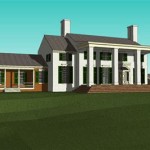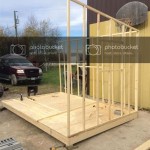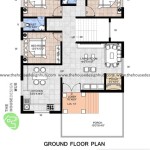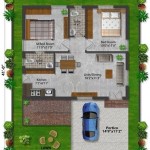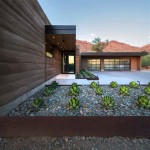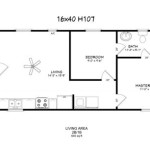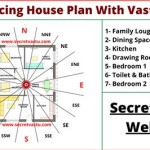Make Your Own Tiny House Plans: A Comprehensive Guide for DIY Enthusiasts
Building a tiny house can be an exciting and rewarding adventure, offering the opportunity to create a cozy and sustainable living space that fits your unique needs and lifestyle. While hiring an architect or purchasing pre-made plans can be a viable option, designing your own tiny house plans can save you money, provide greater flexibility, and allow you to fully customize your dream home.
Planning and Preparation
Before you begin creating plans, it's essential to establish your goals and carefully consider your needs and preferences. Determine the desired size of your tiny house, the number of rooms and features you require, and any special design considerations or accessibility needs.
Floor Plan Layout
The floor plan is the foundation of your tiny house design. Optimize space utilization by creating a layout that flows efficiently and maximizes natural light. Consider the placement of windows, doors, and furniture to ensure a functional and comfortable living environment.
Structural Design
The structural design ensures the safety and durability of your tiny house. Research various building materials and construction methods to find the most suitable option for your needs. Consider factors such as weight, durability, insulation, and cost when selecting materials.
Electrical and Plumbing Systems
Electrical and plumbing systems are crucial for the functionality and comfort of your tiny house. Plan the placement of electrical outlets, lighting fixtures, and appliances to meet your daily needs. Design a plumbing system that includes sinks, toilets, and showers, ensuring efficient water usage and waste disposal.
Insulation and Ventilation
Proper insulation and ventilation are essential for maintaining a comfortable indoor environment throughout different seasons. Choose insulation materials with high R-values to minimize heat loss or gain. Incorporate windows and vents to promote airflow and reduce moisture buildup.
Exterior Design
The exterior design of your tiny house reflects your personal style and preferences. Choose siding, roofing, and trim materials that complement the overall design and provide adequate protection from the elements. Consider adding decks, porches, or other outdoor living spaces to extend your living area.
Legal Considerations
Before building your tiny house, research local building codes and regulations to ensure compliance. Obtain necessary permits and inspections to ensure the safety and legality of your construction. Consult with local authorities to determine any zoning restrictions or special requirements.
Software and Online Resources
Utilize design software or online resources to assist in the planning and drafting process. These tools provide templates, 3D modeling capabilities, and other features to simplify the design process. Consider consulting with a professional designer if you need additional support or guidance.
By following these steps and incorporating your unique ideas, you can create your own tiny house plans that meet your specific needs and aspirations. Remember to prioritize functionality, sustainability, and personal style to create a cozy and efficient living space that you'll cherish for years to come.

Build Your Own Tiny House How To Minimize The Building Cost Top Ing Home Plans

The Top Tiny House Plans For A Diy In 2024

Affordable Tiny House 18 X 28 Adu In Law Cabin

Tiny House Plans You Can Use To Build Your Own Home Small Catalog Floor

How To Design Your Tiny House Floor Plan Project Small

Design A Tiny House On Wheels Tips And Tools For Diyers

Plan 750 And 750s Small House Design Home

Architectura Natura How To Build Your Own Tiny House

16x12 Tiny House Plans Design

25 Plans To Build Your Own Fully Customized Tiny House On A Budget Design
Related Posts

